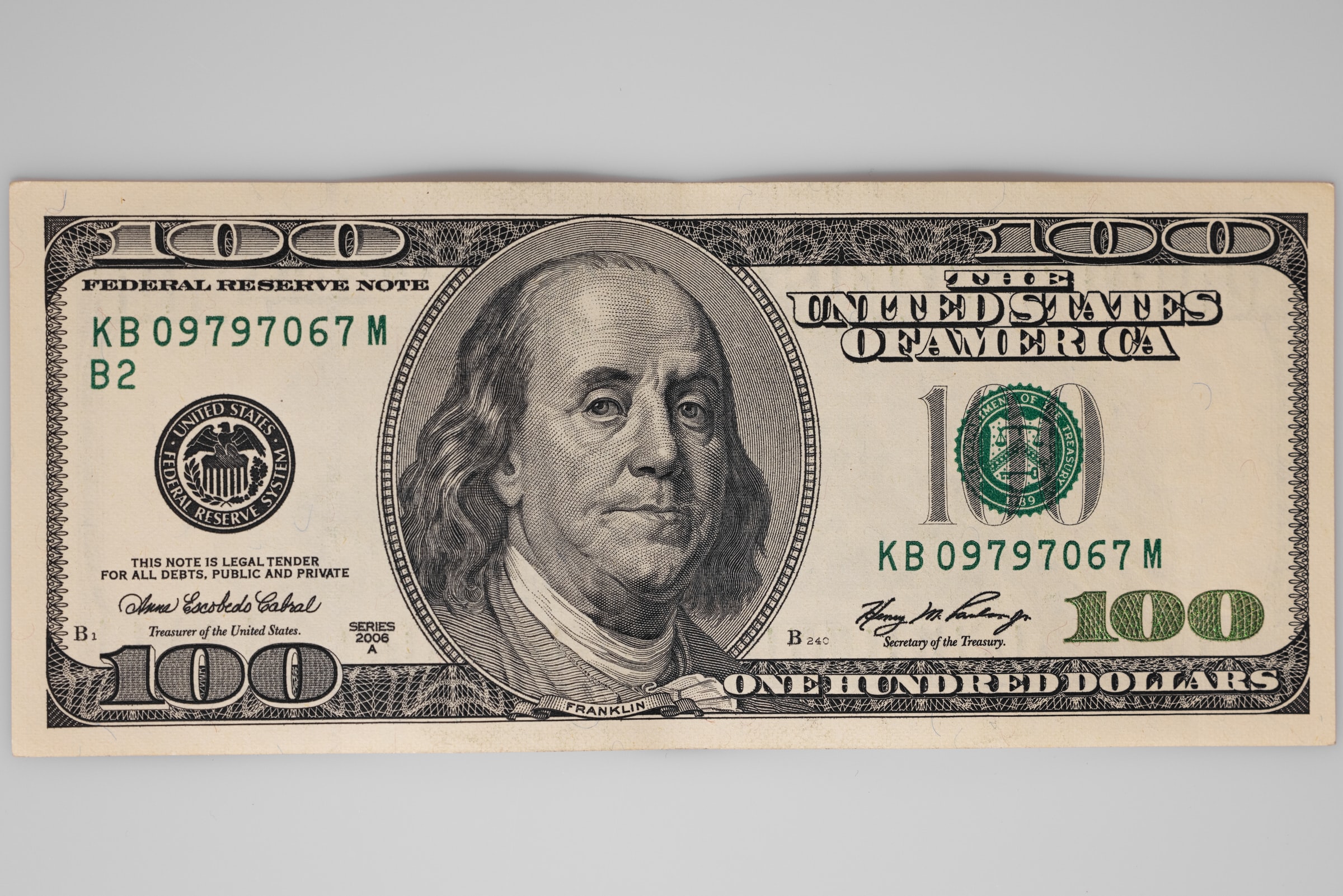Your bank account is more than a place to store your money; it can also help you control your spending.
If you have trouble sticking with a monthly budget, a solution may be turning to your bank account.
Whether your financial goal is to prioritize expenses, save more, or curb bad spending habits, budgeting using your bank account has many advantages.
Use automatic transfers to set aside money for essentials
You can set aside money for necessities like mortgage or rent payments and utilities by moving cash into a savings account. You can then schedule an automatic transfer to move it back into your checking account when payments are due to be taken out.
If you consider taking advantage of this type of safeguard, users should check how many transfers can be made per month without incurring a transfer fee. Some accounts have limits, while others currently allow unlimited withdrawals, including transfers, per month.
Intentionally keep your checking balance low
One way to combat overspending is to put your money out of sight. Keeping a low checking account balance helps put temptation on hold and makes it more likely to stick to the budget.
Having just enough money readily accessible can easily cover what is needed without going over and above the budget. If you decide to keep a low balance, ensure that your banking institution does not have overdraft fees if you spend more than you intended.
Turn on balance alerts
Some banks have balance alerts in place to notify you if your balance gets low. With this safeguard in place, you will have a heads up when considering purchases, providing an incentive to stick to the budget.
Many institutions offer alerts by email, text, or by notification through your bank’s app. Many banks also provide signals and track spending based on categories.
You can set monthly limits for spending in categories, such as dining out or personal care. You will then be alerted when you approach your spending limit.
Keep checking and savings account in different banks
Keeping your accounts at different banks to only view one account at a time can also help limit spending. When checking and savings accounts are held in the exact location, you might consider it part of the spending budget.
Keeping accounts at different banks makes it more difficult to quickly transfer from savings to checking, thus limiting spending.
Split money into different checking accounts
One way to keep your checking account balance low is to split it into two accounts. One account should be used for recurring expenses such as gas, electricity, or housing. The second account can be used for discretionary spending — nonessential expenditures but still valuable and essential.
By splitting the money into two versions, you will know exactly how much is available for discretionary spending during the month.


